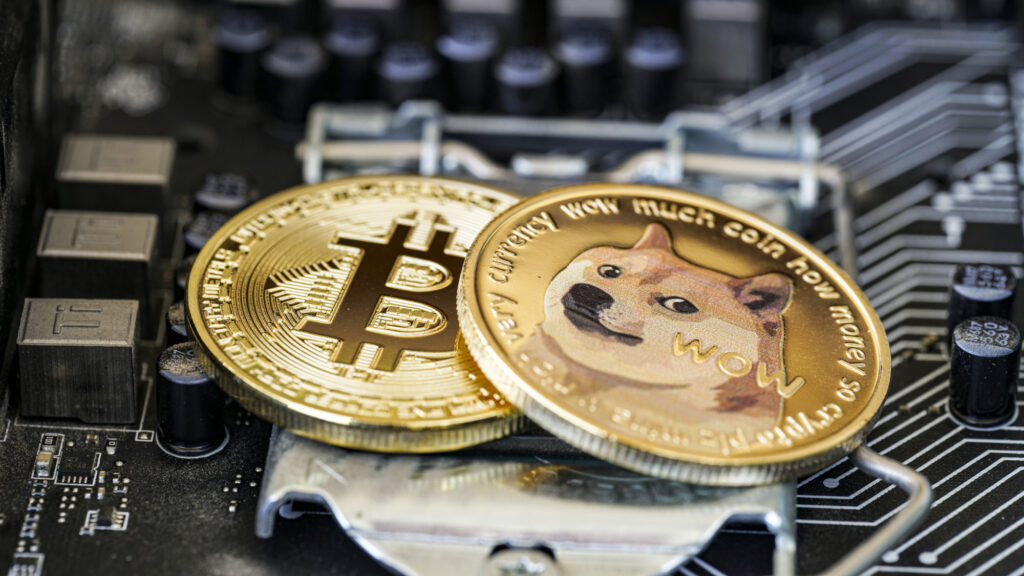The blockchain industry has rapidly grown over the years. The developers are introducing innovative blockchain projects to add more value to people’s lives. But, the problem is that the developers don’t get to test their project in the live environment before making it available to the general public.
Thus, they can’t identify the weaknesses and vulnerabilities beforehand. However, the developers have now introduced several blockchain platforms where other developers can test their projects before launching them publicly. Kusama is one of these platforms that provide a live environment for developers to test their blockchain networks.
What is Kusama?
Kusama, commonly known as “Polkadot’s Wild Cousin”, is an experimental version of Polkadot that provides a pre-production environment for upcoming Polkadot projects. The developers can either launch their project directly on Kusama or they can move it to Polkadot after proper testing.
Kusama is a network of parachains where multiple blockchain projects can run in parallel without affecting each other’s performance.
Innovation – The developers can use the latest tech from Web3 Foundation and Parity Technologies to introduce innovative blockchain solutions.
Interoperability – As it’s mentioned, the Kusama network consists of multiple chains known as parachains. Thus, developers can easily connect their blockchain network to other networks without any security concerns.
Scalability – The businesses and marketplaces can launch scalable solutions using sharded blockchains of the Kusama ecosystem. Unlike other blockchain networks, the Kusama network is capable of completing transactions within a few seconds.
Customization – Kusama network enables developers to customize their blockchain network according to their preferences. They can easily connect their project to Kusama once it’s ready.
What’s the Difference Between Polkadot and Kusama?

Kusama’s infrastructure is pretty much similar to Polkadot because it’s the experimental version of Polkadot. Kusama provides a live environment for developers to decide the future of their projects with the help of their community members and followers. Thus, developers can avoid the risk of early experimentation through this network.
Polkadot has a slow and rigorous process for implementing several changes. Whereas Kusama allows users to implement these changes pretty quickly. Thus, developers can test multiple options on this platform before stepping up to Polkadot.
Kusama is an attractive option for startups because it provides more affordable building space for blockchain networks as compared to Polkadot.
Who Founded Kusama?
Gavin Wood, Robert Habermeier, and Peter Czaban (the creators of Polkadot) introduced Kusama in 2016. Gavin has extensive experience in building decentralized applications because he introduced Solidity, the app development language, while he was working for Ethereum. He also worked as a research scientist at Microsoft.
Wood is the president of Web3 Foundation and he also founded Parity Technologies in 2015.
How Does Kusama Work?
Kusama provides an experimental platform where developers can test new features before making any changes to the Polkadot-based projects. Unlike other blockchain networks, Kusama provides a live test network environment where developers can evaluate the impact of changes they’re planning to make.
The best part is that the developers get to build a huge community before the project is even launched. Kusama network consists of two types of blockchains that help with smoothly running its operations.
The Relay Chain
The Relay Chain is the main blockchain where transactions are finalized. Unlike other blockchain networks, Kusama uses an advanced mechanism to validate and add transactions to the blockchain separately.
Kusama uses a refined form of Proof-of-stake consensus protocol known as nominated proof-of-stake. The node operators can handle two different positions within the platform by locking their KSM tokens.
Validators – The validators are responsible for verifying transactions in parachains. These node operators also participate in the network’s governance through their voting power.
Nominators – Nominators allocate their voting power to validators by delegating their staked tokens. These participants are responsible for securing the Relay Chain. They can allocate their voting rights to another validator if they aren’t satisfied with the existing one.
Parachains
Parachains are small blockchains that run in parallel. These customizable chains validate the accuracy of the transactions with the computing resources of the relay chain.
Kusama Governance
Kusama network relies on community members for making certain changes to the network.
The Referendum Chamber
KSM token holders can vote for the changes proposed by other community members. They can also propose changes for the growth of the project.
The Council
The KSM token holders elect the council members through their voting power. These members approve or reject the changes proposed by the KSM token holders. The council consists of seven members but the team is looking to increase the number as the network grows.
The Technical Committee
The council members choose the members of the technical committee. These members are responsible for prioritizing the proposed changes depending on the importance of each proposal.
Thus, all the community members participate in the development of the project. It helps with keeping the network secure over time.
Kusama Tokenomics
KSM is the native token of the Kusama network that is used to send money from one account to another. The users can also stake their KSM tokens to become node operators. Thus, they can earn KSM tokens as a reward for their participation. The token holders also get voting rights within the platform.
With a circulating supply of 8 million tokens, KSM has a market cap of $454 million. It ranks among the 100 best cryptocurrencies in terms of market cap.
Conclusion

Kusama is a network of parachains that provides an experimental environment for developers who want to launch their projects on Polkadot. The developers can also test several features using this network. It uses a network of multiple chains to process transactions separately. However, the finalized transactions are recorded on the main chain.
If you need more information about how the Kusama network works, feel free to get in touch with us.

